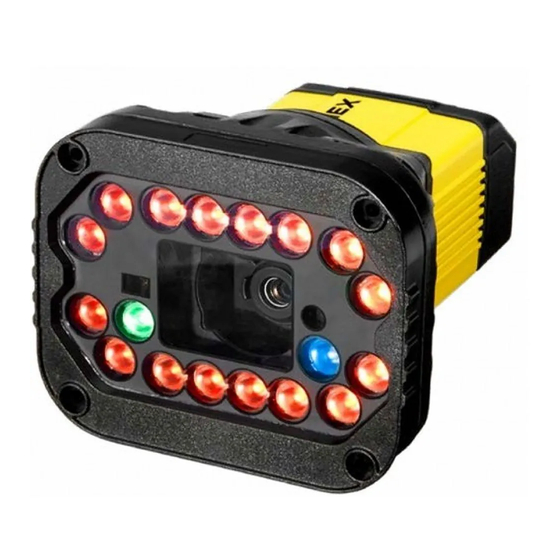
Cognex DataMan 370 Series Reference Manual
Hide thumbs
Also See for DataMan 370 Series:
- Programming manual (92 pages) ,
- Quick reference manual (34 pages) ,
- Reference manual (173 pages)
Table of Contents
Advertisement
Advertisement
Table of Contents












Need help?
Do you have a question about the DataMan 370 Series and is the answer not in the manual?
Questions and answers